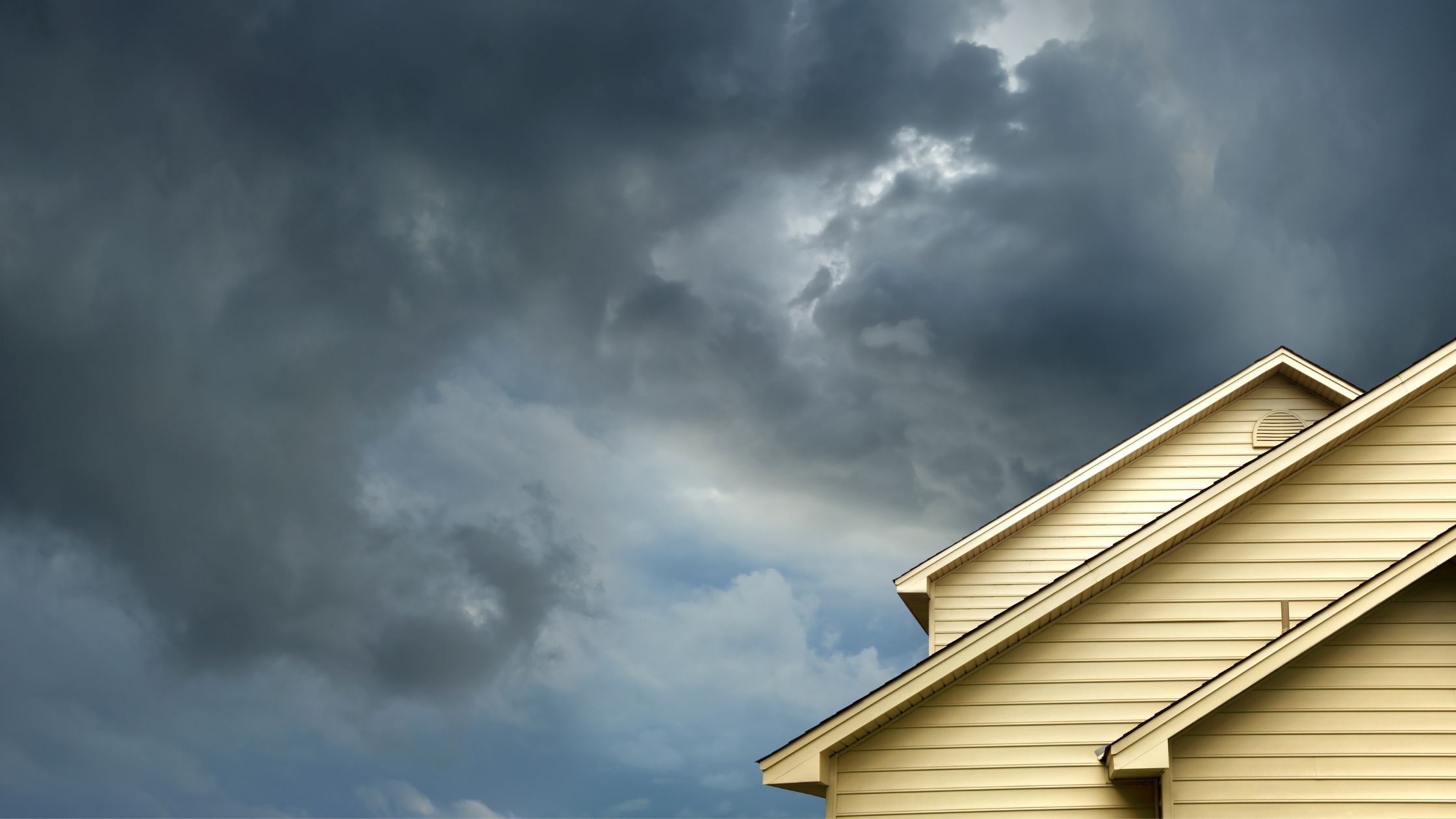Weathering The Storm: Preparing Your Roof for Extreme Weather

When it comes to our homes, few things are as important as the roof over our heads. It not only provides shelter but also safeguards our loved ones and possessions from the wrath of Mother Nature. While roofs are designed to withstand various weather conditions, extreme weather events such as hurricanes, tornadoes, heavy snowfall, and intense storms can put them to the test. To ensure your roof remains resilient in the face of nature’s fury, it’s crucial to prepare it in advance. In this article, we’ll discuss some practical tips on how to prepare your roof for extreme weather.
Regular Inspections are Key
The first step in weatherproofing your roof is to conduct regular inspections. You don’t need to be a roofing expert to identify potential issues. Start by examining your roof from the ground. Look for missing or damaged shingles, sagging areas, or any signs of wear and tear. Pay close attention to areas around chimneys, vents, and skylights, as these are common trouble spots.
If you notice any problems, don’t delay in addressing them. Even minor issues can escalate quickly during severe weather, leading to costly repairs.
Reinforce Weak Spots
Once you’ve identified weak spots on your roof, take proactive measures to reinforce them. Replace missing or damaged shingles promptly. Secure loose flashing and ensure that seals around vents and chimneys are intact. Reinforce the connections between the roof and the walls to prevent wind from lifting the roof’s edge.
Consider installing hurricane straps or clips to strengthen the connection between your roof and the walls. These metal connectors can greatly improve your roof’s resistance to high winds.
Trim Overhanging Branches
Overhanging branches can pose a significant threat to your roof during storms. High winds can cause branches to break and fall onto your roof, causing damage to shingles and even puncturing the roof’s surface. To prevent this, regularly trim branches that are too close to your home.
Clean Your Gutters
Clogged gutters can lead to water backup, which can damage your roof and cause leaks. Before extreme weather hits, clean your gutters and downspouts to ensure proper drainage. This will not only protect your roof but also prevent water from seeping into your home’s foundation.
Invest in Impact-Resistant Shingles
If you live in an area prone to severe weather, consider upgrading to impact-resistant shingles. These shingles are designed to withstand hail, heavy rain, and strong winds better than traditional shingles. While they may be a bit more expensive upfront, they can save you money in the long run by reducing the need for frequent repairs or replacements.
Maintain Proper Attic Ventilation
Proper attic ventilation is essential for your roof’s longevity. It helps regulate temperature and moisture levels, preventing the buildup of heat and humidity that can weaken your roof’s structure. Adequate ventilation can also reduce the risk of ice dams forming in cold climates.
Consult with a Professional
If you’re unsure about your roof’s condition or its ability to withstand extreme weather, it’s wise to consult with a professional roofing contractor. They can assess your roof’s vulnerability and recommend necessary repairs or improvements. Investing in a professional inspection can provide peace of mind and save you from costly surprises down the road.
In conclusion, your roof is your first line of defense against extreme weather. By regularly inspecting, maintaining, and reinforcing it, you can significantly increase its resilience. Don’t wait until a storm is on the horizon to prepare your roof—start now, and you’ll be better equipped to weather any storm that comes your way. Your home, your family, and your peace of mind will thank you for it.

In Awe Roofing Limited is an Award-Winning, family owned and operated Vancouver Roofing Contractor with over 17 years of roofing experience. We serve the entire Lower Mainland area, from Whistler to Chilliwack, employing a team of professional staff members. Our team has won numerous awards including Best of Homestars for the last five years, and Three Best Rated six years in a row. Learn more






















